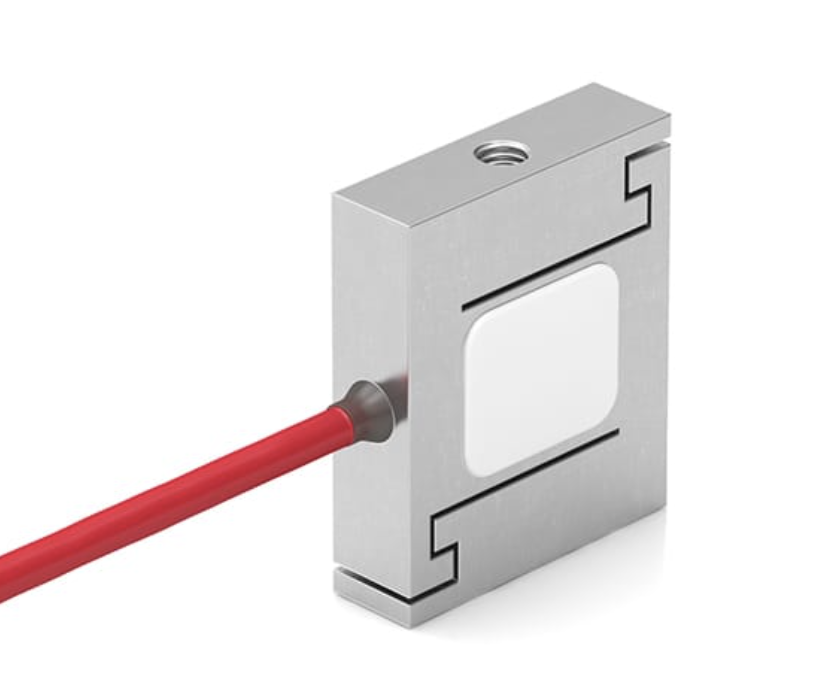Force sensors measure the force applied to it. It is useful in applications ranging from robotics and automotive to medical devices and aerospace. They are highly sensitive and critical in facilitating precision measurements and achieving reliable and consistent data. As a result, various factors can influence their performance and can lead to potential inaccuracies and limitations. In this article we will delve into what factors affect force sensor performance and explore how understanding these elements can lead to optimised sensing solutions.
Sensitivity and Linearity
A force sensor’s sensitivity level allows it to detect and respond to changes in force accurately. As a result, it’s crucial to ensure that a sensor has an appropriate sensitivity range suitable for its application. If the force sensor is under-sensitive, it means that it will not detect smaller forces accurately or fail to register them at all. Alternatively, if a force sensor is too sensitive, it will detects even the slightest forces and exaggerate their effect on the output signal. This can lead to issues such as loss of precision, noise sensitivity, saturation, calibration challenges and more.
Linearity, on the other hand, refers to how well the sensor’s output correlates with the input force. For example, robotic arms often have force sensors to detect the force exerted by the arm on the objects it interacts with. A force sensor integrated into the robot’s end-effector (the part that interacts with objects) allows the robot to sense the force it applies and adjust its movements accordingly. The linearity of the force sensor ensures that the robot can accurately regulate the force and perform precise assembly tasks. Hence, if the non-linearities occur it can result in errors that need to be carefully compensated to achieve precise measurements.
Hysteresis and Repeatability
Hysteresis is a phenomenon where the force sensor exhibits different responses to increasing and decreasing force values. This leads to discrepancies in the measured data.
Imagine a load cell that measures the weight of an object. When no force is applied (zero load), the load cell should ideally give an output of zero. Now, as you gradually increase the force applied to the load cell, the output signal should linearly increase as well. However, during the unloading phase, when you start decreasing the force, the output might not return exactly to the zero point. There could be some residual output even when there is no load on the load cell.
This is an example of a hysteresis loop. The loop occurs because the load cell material experiences some elastic deformation when force is applied and does not fully return to its original state when the force is removed. This introduces inaccuracies in force measurements especially when the force applied is dynamic and constantly changing. To combat this, manufactures of use calibration and compensation techniques to help improve linearity and reduce the hysteresiss loop.
Repeatability, on the other hand, gauges how consistently the sensor produces the same output when subjected to identical force inputs. This also minimising hysteresis and enhances the accuracy and reliability of force measurements.
Temperature Effects
Temperature fluctuations can also significantly impact force sensor performance. Thermal expansion of materials and variations in electrical properties with temperature can introduce errors. Manufacturers often provide temperature compensation techniques to minimize these effects. Understanding the temperature specifications and ensuring suitable environmental conditions can help maintain optimal performance.
Overload and Overload Recovery
Force sensors operate within specific force limits, and exceeding these limits can lead to permanent damage or calibration issues. Overload protection mechanisms are crucial to prevent damage to a sensor. Additionally, the time required for the sensor to recover its performance after an overload event should be considered in high-frequency applications.
Crosstalk and Interference
In multi-axis force sensing applications force sensors measure forces along multiple directions simultaneously. During these measurements, crosstalk can occur. This is where forces applied to one axis affects the measurements of other axes. This phenomenon introduces inaccuracies and needs consideration during the calibration and data interpretation. Interference from external sources, such as electromagnetic fields or vibrations, can also impact sensor performance. Shielding and appropriate signal filtering can help mitigate these influences.
Noise and Signal-to-Noise Ratio (SNR)
Noise in force sensor readings can arise from various sources, such as electronic components, environmental disturbances, or mechanical vibrations. A low Signal-to-Noise Ratio (SNR) can hinder the accuracy of measurements, especially in low-force applications. Employing noise reduction techniques and selecting sensors with higher SNR can improve performance.
Calibration and Aging
Calibration is essential for force sensor accuracy, and periodic recalibration may be necessary to maintain reliable measurements. Additionally, force sensors can experience performance changes over time due to aging effects, affecting their sensitivity, linearity, and other characteristics. Understanding the sensor’s aging behavior is crucial to establish appropriate maintenance schedules.
Mechanical Considerations
Proper mounting and installation of force sensors are critical for ensuring accurate measurements. Incorrect loading or misalignment can lead to force distribution issues and adversely affect sensor performance. Adhering to the manufacturer’s installation guidelines is essential to mitigate these concerns.
Choosing the right Force Sensor
Force sensors are invaluable tools in modern technology, enabling precise and reliable force measurements in a wide range of applications. Understanding the various factors affecting force sensor performance is vital to optimise their accuracy and longevity. Sensitivity, linearity, temperature effects, overload protection, noise reduction, calibration, and mechanical considerations all play crucial roles in determining the sensor’s overall performance. By addressing these factors and selecting the appropriate force sensor for the specific application, engineers and scientists can unlock the full potential of force sensing technology and drive advancements in their respective fields.
Contact Us
If you would like to learn more about our force sensors range, please contact us here.
